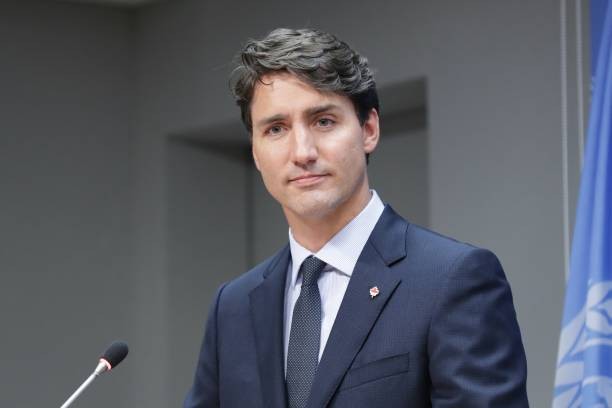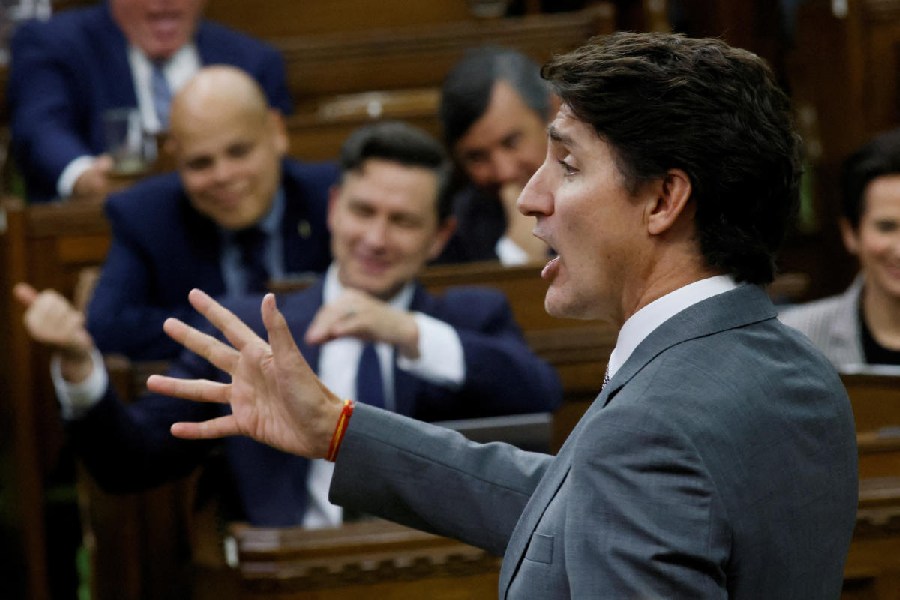Canadian Prime Minister Justin Trudeau announced Monday, January 6, that he will step down as both Prime Minister and leader of the Liberal Party, citing mounting political challenges and internal party divisions.

“Every bone in my body has always told me to fight because I care deeply about Canadians… I have fought for this country, for you,” Trudeau said in a statement delivered from his residence at Rideau Cottage in Ottawa.
Trudeau, who has led Canada since 2015, said he will remain in office until the Liberal Party selects a new leader in the coming weeks. His resignation follows a sharp decline in public support, with recent polls placing him more than 20 points behind Conservative Party leader Pierre Poilievre.
Trudeau’s government, operating with a slim minority in Parliament, has faced significant challenges in recent years, including high inflation, a worsening housing crisis, and strained public services. Internal party divisions and the departure of key left-wing allies have further weakened his position.
The resignation of Deputy Prime Minister Chrystia Freeland last month underscored the deepening fractures within the government. Freeland reportedly clashed with Trudeau over economic policy and trade relations with the United States, particularly in response to President-elect Donald Trump’s threats to impose tariffs on Canadian goods.

“This country deserves a real choice in the next election, and it has become clear to me that if I’m having to fight internal battles, I cannot be the best option in that election,” Trudeau said.
Trudeau’s decision to step down marks the start of a leadership race within the Liberal Party, with the political landscape in Canada now facing significant uncertainty.
The Liberal Party, grappling with internal discontent and declining public trust, must now navigate a leadership contest while preparing for an anticipated election battle with the surging Conservatives under Poilievre’s leadership.
Trudeau’s nearly decade-long tenure has been marked by significant achievements, including advancing climate change initiatives, legalizing recreational cannabis, and promoting gender equality. However, his later years in office have been overshadowed by growing criticism over economic challenges and governance issues.
The leadership transition will leave a lasting impact on Canada’s political future, with the Liberal Party’s direction and ability to regain public confidence hanging in the balance.



